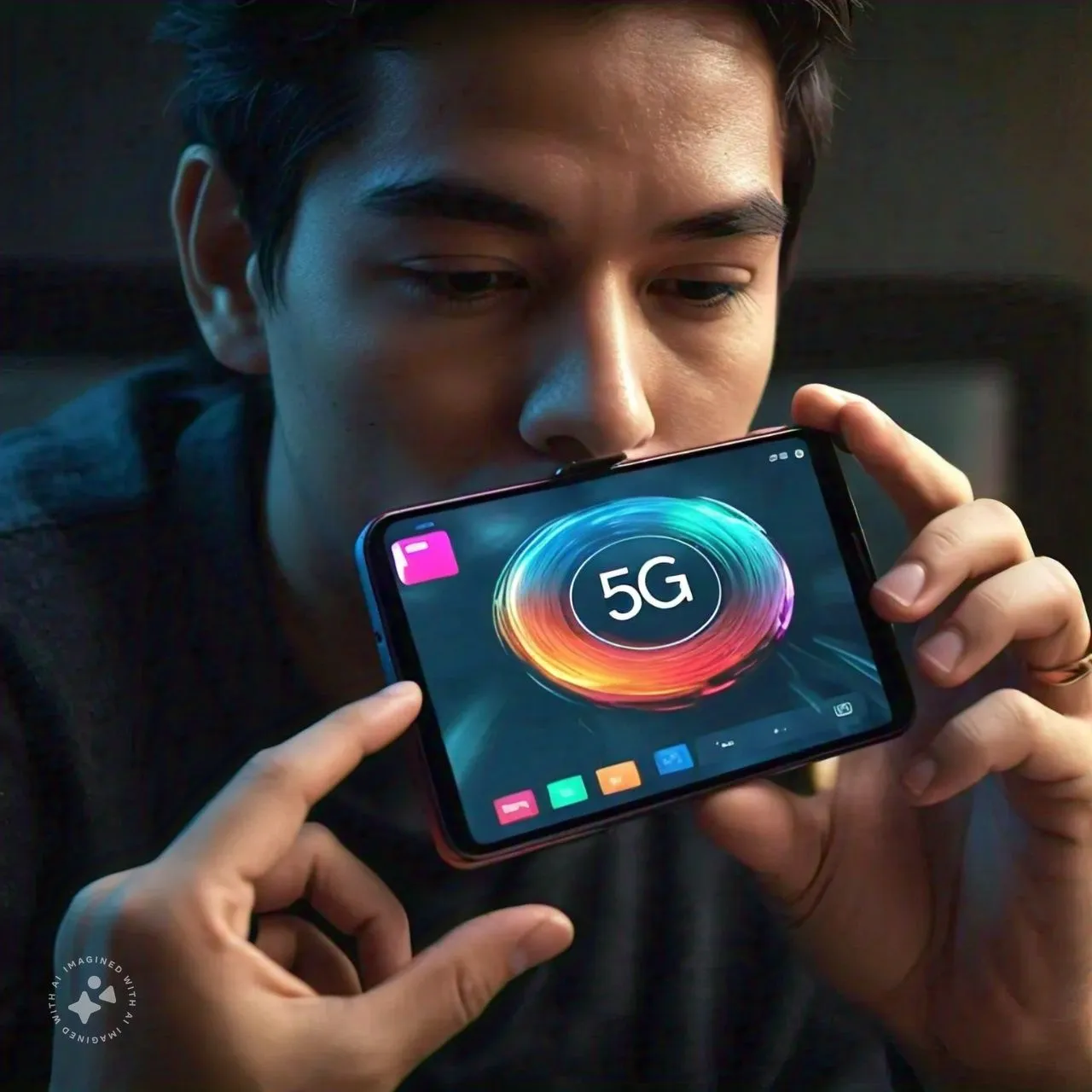
How 5G Drives Innovation in Emerging Technologies
5G, the fifth-generation mobile network, is transforming how we live and work. Beyond faster internet, it powers innovations that improve cities, transportation, healthcare, and entertainment. With its speed and low delay, 5G is paving the way for groundbreaking advancements.

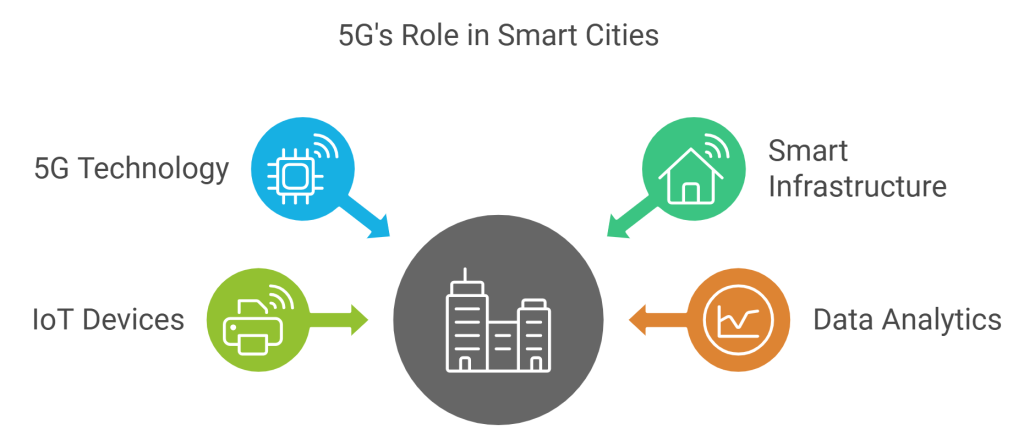
5G and Smart Cities
Smart cities use 5G to make urban life more efficient. This technology helps by:
- Managing traffic: Sensors provide real-time updates, improving traffic flow and public transport.
- Boosting safety: 5G connects cameras and alert systems for faster emergency responses.
- Saving resources: Smart grids and waste systems use 5G to reduce energy waste and monitor environments.
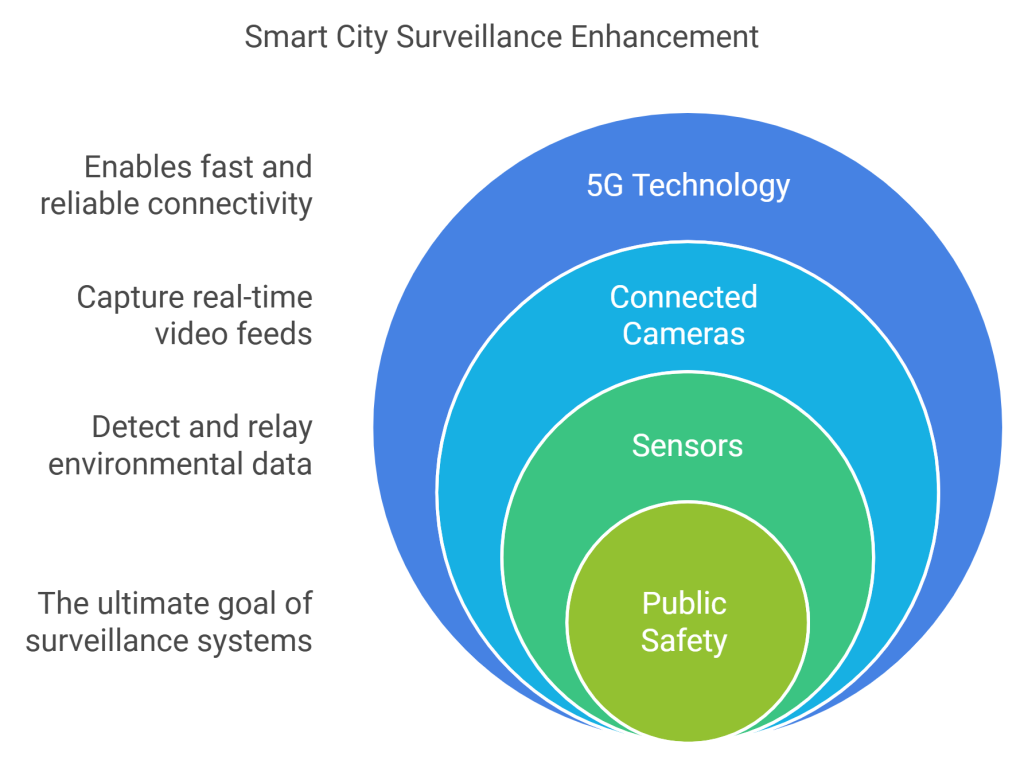
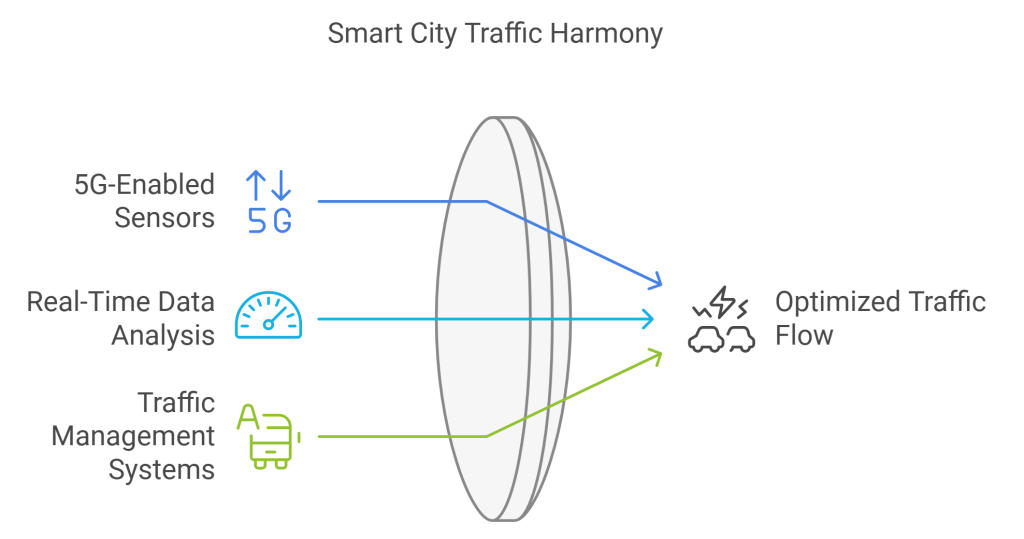
5G and Autonomous Vehicles
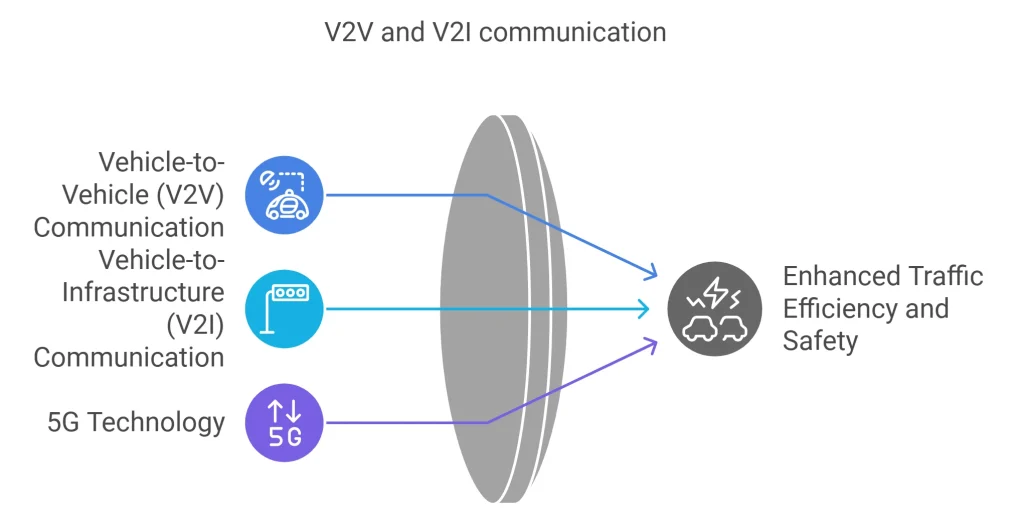
Autonomous vehicles (AVs) depend on 5G for safe, efficient operation. It allows cars to:
- Share real-time data: Vehicles exchange speed and location information to prevent accidents.
- Interact with infrastructure: Cars receive updates from traffic systems for smoother navigation.
- Process sensor data quickly: 5G’s bandwidth handles large amounts of information instantly.
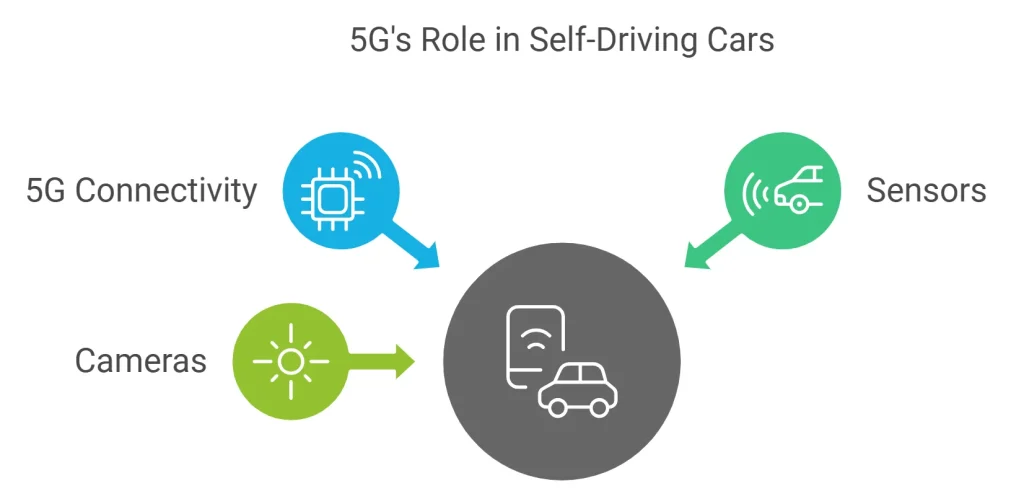
5G and Telemedicine
Telemedicine thrives with 5G’s speed and reliability. This enables:

- Lag-free consultations: Doctors and patients connect through clear, real-time video calls.
- Remote health tracking: Wearable devices transmit live health updates for proactive care.
- Complex remote procedures: 5G supports precision in remote surgeries.
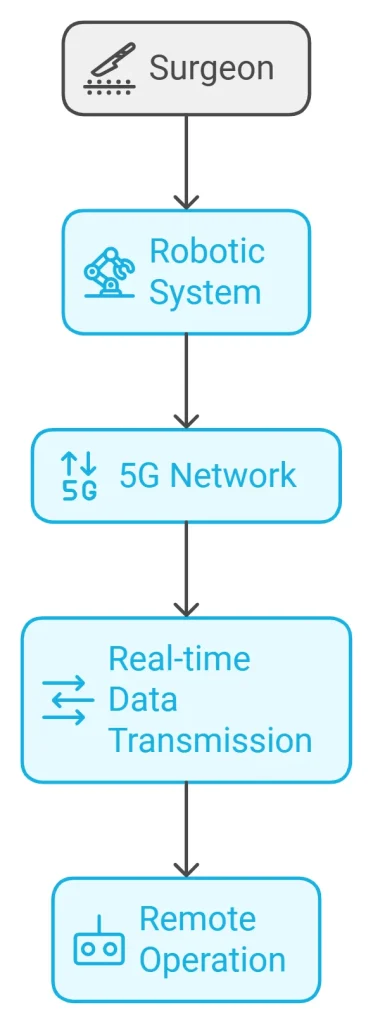
5G and Augmented Reality (AR)
Augmented reality (AR) becomes more interactive with 5G. It allows:

- Seamless visuals: High-speed streaming delivers sharp, realistic AR experiences.
- Instant interactions: Low latency ensures smooth user engagement with AR objects.

5G and Supporting Technologies
5G works alongside edge computing and the Internet of Things (IoT):

- Edge computing: Processes data locally for faster, more efficient results.
- IoT: Connects billions of devices, enabling smarter operations across industries.
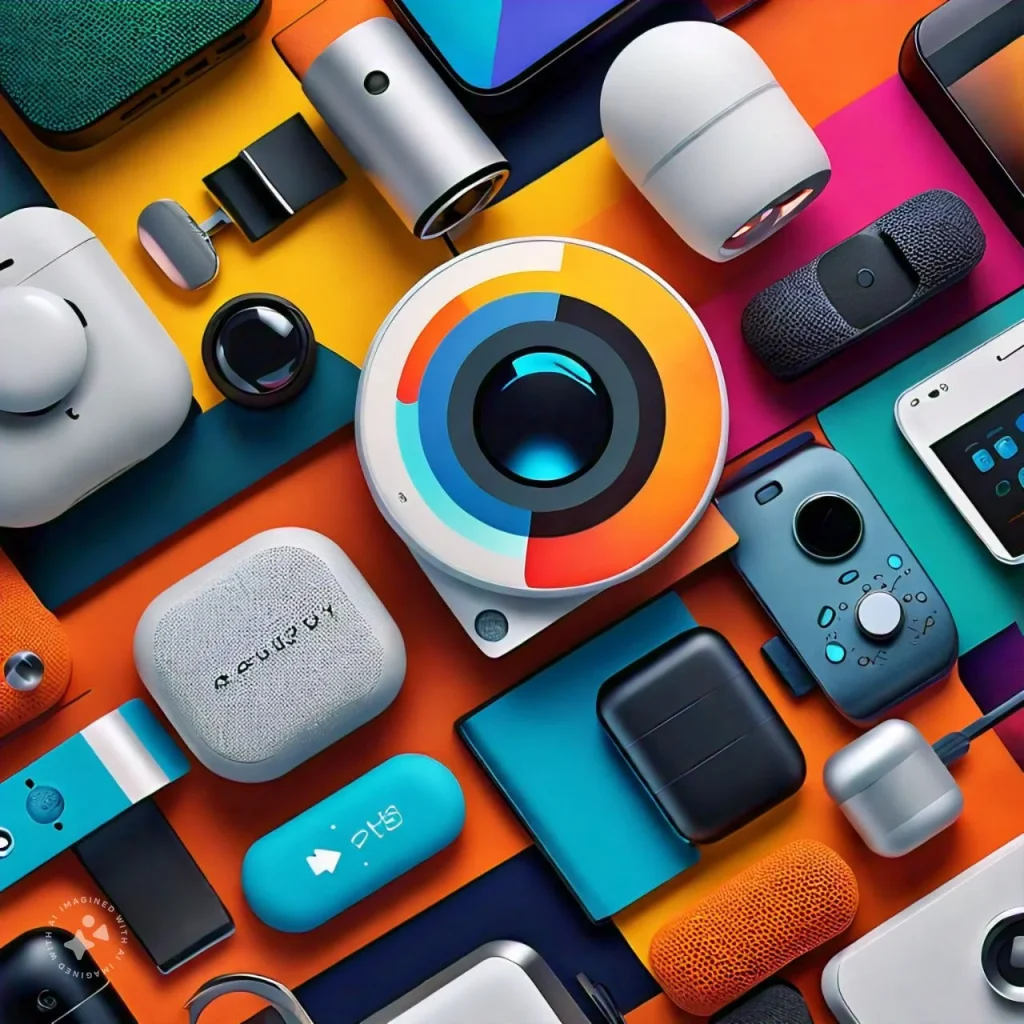
Challenges in 5G Adoption
Despite its potential, 5G faces hurdles:

- Infrastructure development: Expanding networks requires resources and expertise.
- Device limitations: Older models cannot access 5G, slowing widespread use.
- Spectrum allocation: Sufficient bandwidth is essential for optimal performance.
- Security risks: More connected devices increase vulnerabilities.
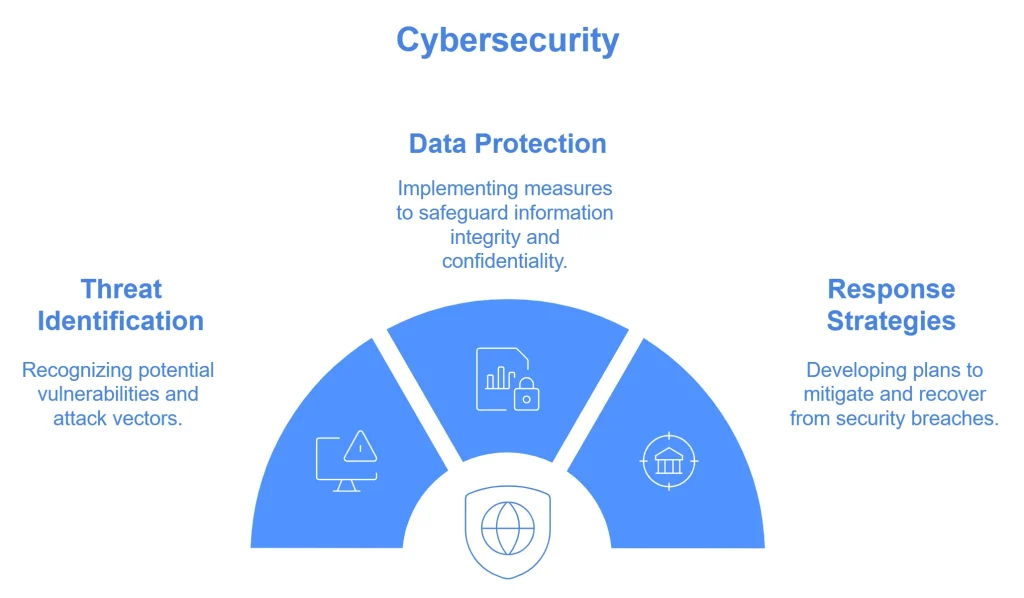
Regulations and Ethics
Addressing legal and ethical concerns is vital for 5G’s success. Policymakers must:
- Protect data: Ensure privacy and security regulations are in place.
- Promote inclusion: Extend 5G access to underserved areas.
- Encourage responsible use: Set guidelines to prevent misuse of technology.
5G is more than just fast internet. It’s driving innovations in urban planning, transportation, healthcare, and entertainment. By addressing current challenges and fostering ethical practices, It can unlock a future where technology enhances everyday life for all.




